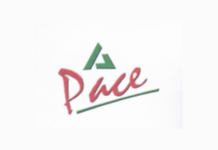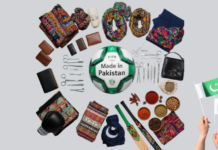The Security Exchange Commission of Pakistan (SECP) has filled up the regulatory vacuum in the microfinance sector by introducing non-banking microfinance regulatory framework, said SECP Chairman Zafar Hijazi while addressing a conference on “credit scoring model” and the launch of Pakistan Microfinance Review 2015” in Karachi as the guest of honour.
He told the audience that the framework has been introduced after extensive consultation with all the stakeholders including microfinance industry participants and the purpose is to remove hurdles in the rapid growth of the sector.
Under this framework, the NGOs registered with the SECP can directly apply for non-banking microfinance business license. He also said that the existing NBFCs operating as leasing companies or investment finance companies can also obtain license for microfinance business. In order to facilitate microfinance institutions and create conducive environment for growth of the sector, the regulatory capital requirement for non-banking microfinance companies has been kept reasonably low.
With the introduction of non-banking microfinance companies (NBMFC) regulations, this vital sector will be better regulated. Hijazi added that the microfinance banks will continue to be regulated by the State Bank of Pakistan while the rest of the microfinance sector will be within the ambit of the SECP. He informed the participants that the SECP had already issued licenses to two NBMFCs, while 11 applications for NBMFC are under process.
The chairman also informed the audience that Pakistan Micro Finance Investment Company with Rs 6.3 billion equity has also been granted investment finance services license. The company will now be able to provide wholesale credit facilities to microfinance institutions so that they can meet their funding requirements.
























